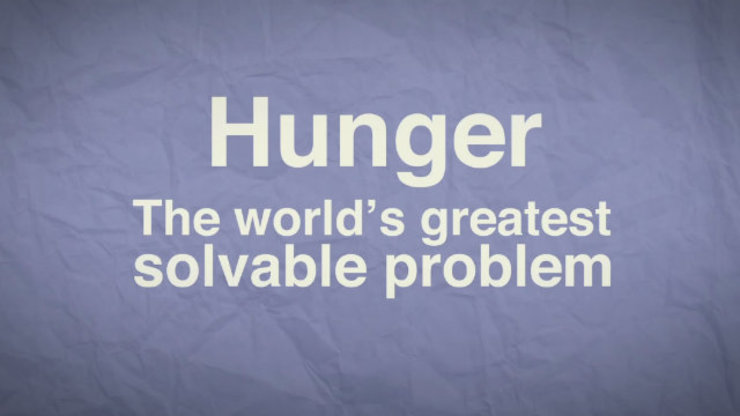End Hunger, Achieve Food Security and Improved Nutrition and Promote Sustainable Agriculture
From 2014- 2018, world hunger increased from 23.2% to 26.4%. Over 700 million people experienced food insecurity in 2018. The 2020 pandemic was an additional threat to the food systems.
The 17 Sustainable Development goals are planned to be achieved by 2030. This goal consist of eight individual targets that primarily focus on ending hunger throughout the world. The first target ensures to end world hunger by providing food for all people. There are many people who are in poverty, “vulnerable” situations, and who do not have access to all types of food needed in order to stay healthy. To add, the United Nation plans to end malnutrition, which is the lack of nutrition within the body. Pregnant women, adolescent girls, and people in general should take in healthy nutritional meals.
In addition, the United Nation plans to ensure sustainable food production systems, in case of a severe climate change or disaster and double agriculture productivity. They plan to maintain the diversity of seeds, plants, and animals around the world. While creating these targets, they needed to figure out how they were going to achieve each one.
Prior to the pandemic, more productive capacity of agriculture was needed in 2016. Therefore, more investment was needed, from domestic and foreign sources. They could either be public or private investments. The Nation is also meeting this goal by “eliminating export subsidies for agriculture products and restraining export measures that have an equivalent effect.” Throughout the years, the United Nation has been discovering new ways to help these goals. In order for change to occur, expanding, limiting, and accepting new ideas are needed within the food production systems and the agricultural food practices.

Link to image
Link to image